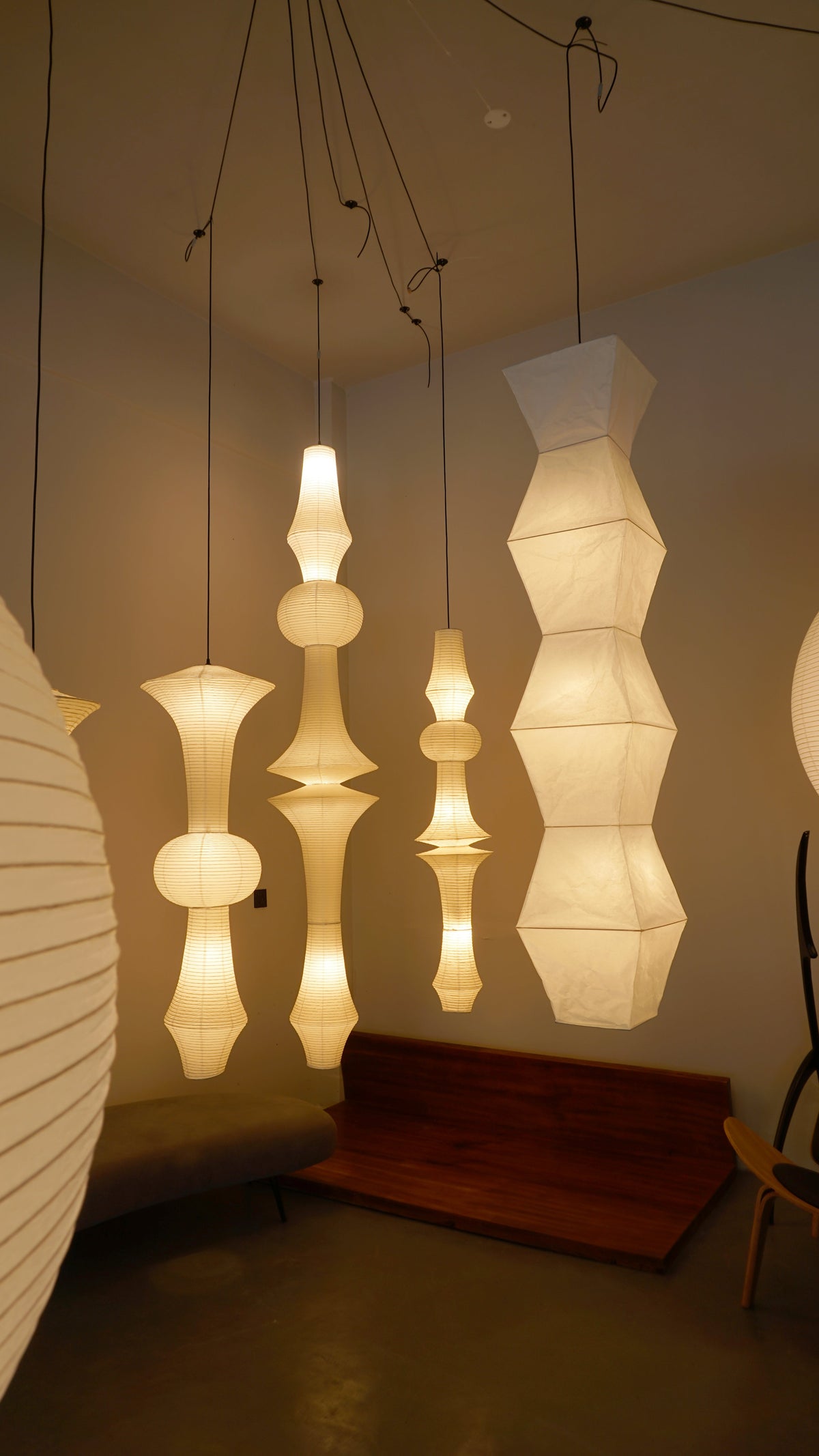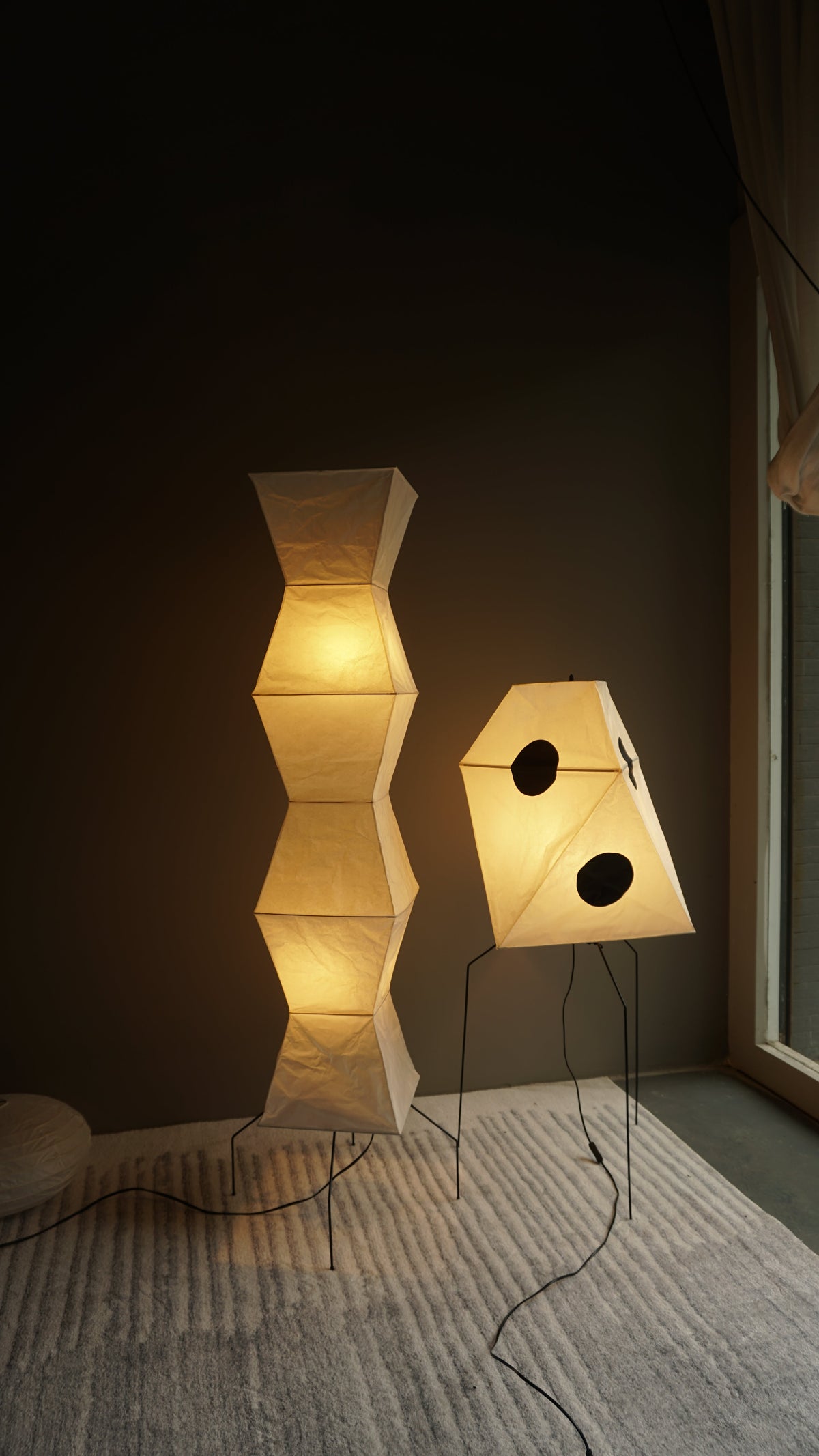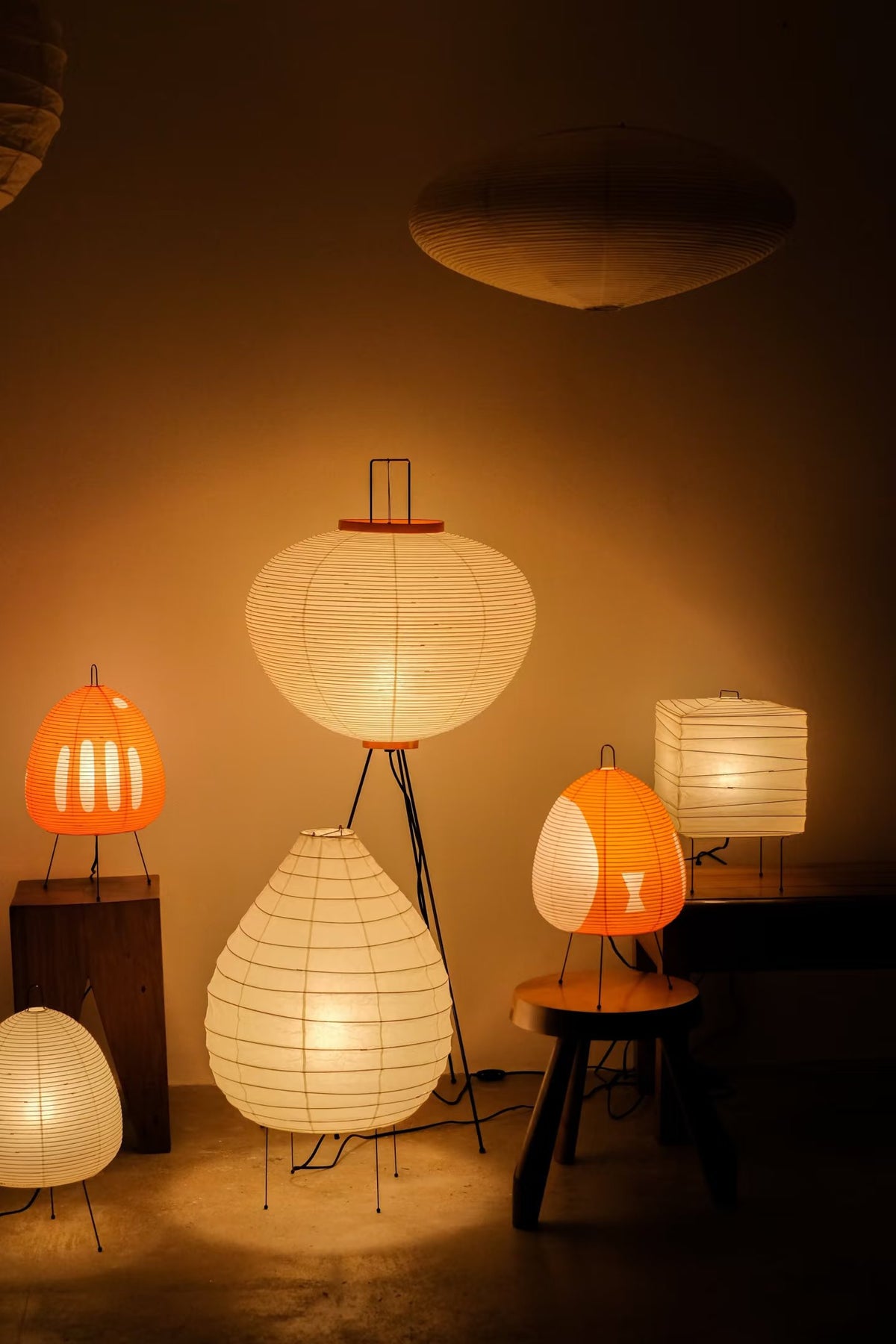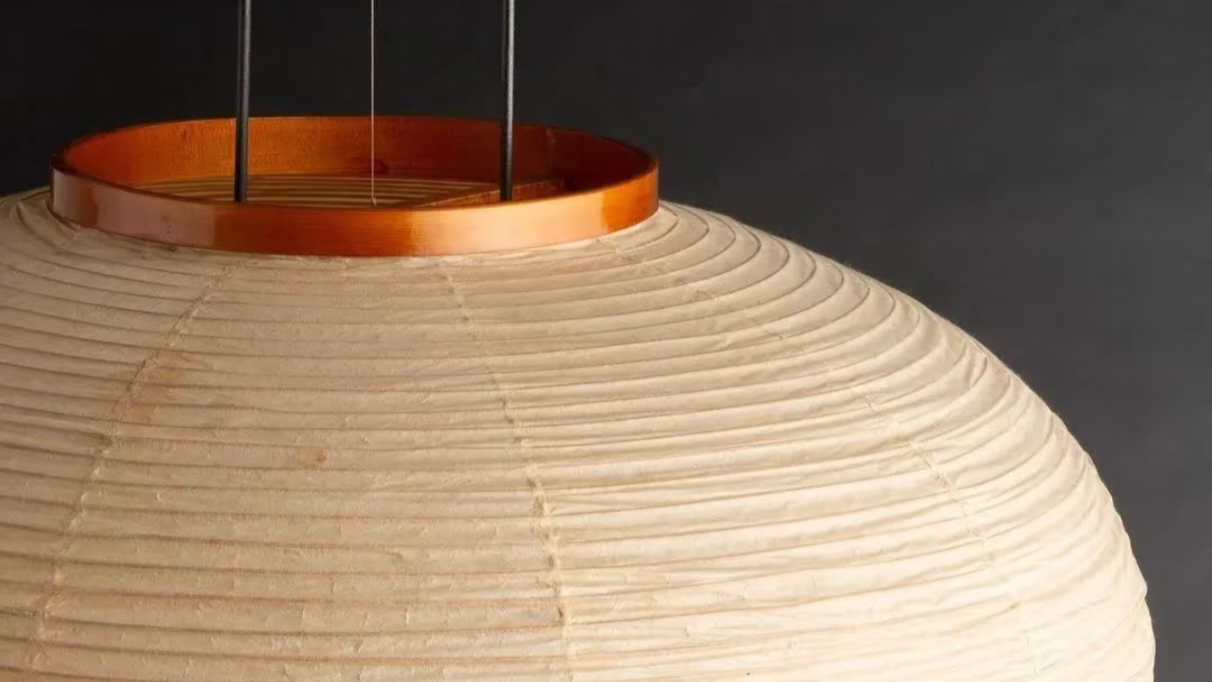The Genesis of Akari: When Art Meets Function
In the mid-20th century, Japanese-American artist Isamu Noguchi revolutionized lighting design with his Akari series (meaning "light" in Japanese). Debuted in 1951, these iconic pieces merged traditional Japanese craftsmanship with modernist aesthetics, using washi paper (crafted from mulberry fibers) and bamboo frames to create ethereal, minimalist forms. Noguchi’s vision was to transform light into a sculptural element—his Akari lamps, with their gentle diffusion and organic silhouettes, became not just sources of illumination but art objects that "breathe light."

A Historical Lens: Noguchi’s Influence on Modern Paper Lighting
Noguchi’s journey into paper lamp design began during a 1930s visit to Japan, where he observed traditional oshirogusa (paper lanterns) and the meticulous art of washi making. Frustrated by the industrialization of lighting, he sought to create pieces that honored craftsmanship while embracing simplicity. The Akari collection, including the renowned AKARI 10A floor lamp, introduced a new paradigm: minimalist paper structures that cast soft, ambient glows, challenging the harshness of electric lighting.

Material Mastery: Washi Paper and Bamboo in Contemporary Design
Central to Noguchi’s legacy is the use of contemporary washi lighting materials. Mulberry paper (kozo) offered a translucent quality that diffused light evenly, creating a warm, meditative ambiance—ideal for spaces like meditation rooms or minimalist living areas. Bamboo frames, lightweight yet sturdy, allowed for organic, sculptural shapes, such as the iconic dome and cylindrical forms. This blend of natural materials became a hallmark of minimalist paper floor lamps that followed.

Akari in the Modern Era: Replicas, Inspiration, and Innovation
Today, the Noguchi Akari replica modern movement celebrates the series’ timelessness. Designers worldwide draw from Noguchi’s ethos, creating pieces that honor his original vision while adapting to contemporary tastes. Key innovations include:
- Light Diffusion Technology: Advanced washi paper weaves enhance the soft, glare-free illumination that made Akari lamps legendary.
- Functional Adaptations: Modern iterations like mulberry paper lamps for meditation rooms emphasize tranquility, with designs that complement Zen-inspired decor.
- Sustainable Craftsmanship: Eco-conscious brands use renewable bamboo and plant-based inks, aligning with Noguchi’s respect for nature.
Exploring the Art of Light: From History to Your Home
The legacy of Noguchi’s Akari series reminds us that lighting is more than utility—it’s a form of spatial poetry. Whether you seek a statement minimalist paper floor lamp for a living room or a serene mulberry paper lamp for your meditation space, the fusion of washi, bamboo, and intentional design continues to transform interiors.
Discover Our Bamboo-Frame Washi Lamps
Inspired by Noguchi’s pioneering spirit, our collection of bamboo-frame washi lamps blends heritage with modern design. Each piece features:
- Handcrafted bamboo structures that echo traditional Japanese joinery.
- Premium mulberry paper for optimal light diffusion, creating a calming atmosphere.
- Versatile styles from floor lamps to pendant lights, perfect for minimalist or bohemian spaces.






0 commentaires